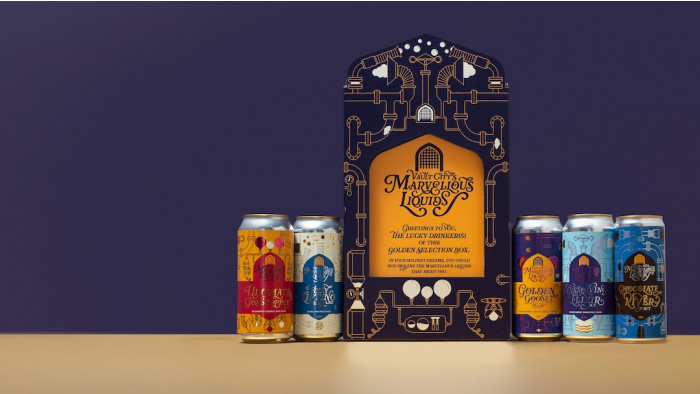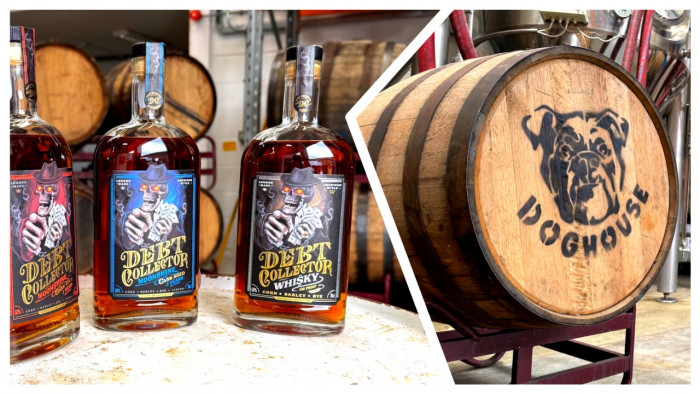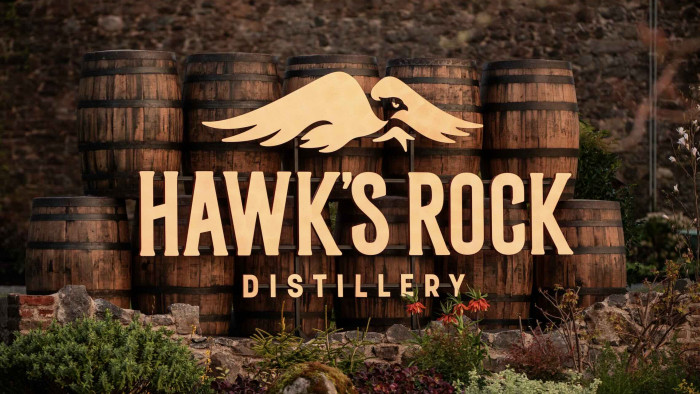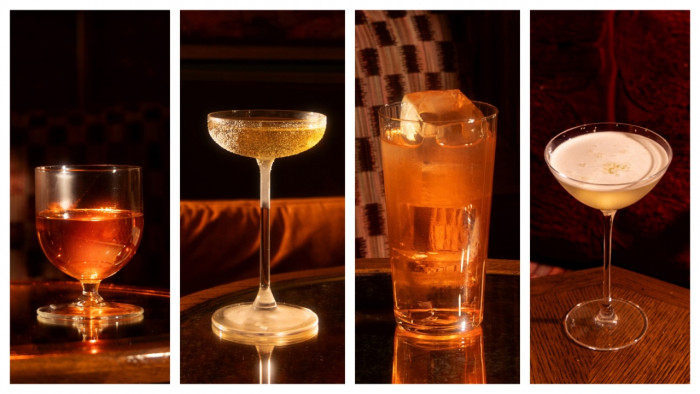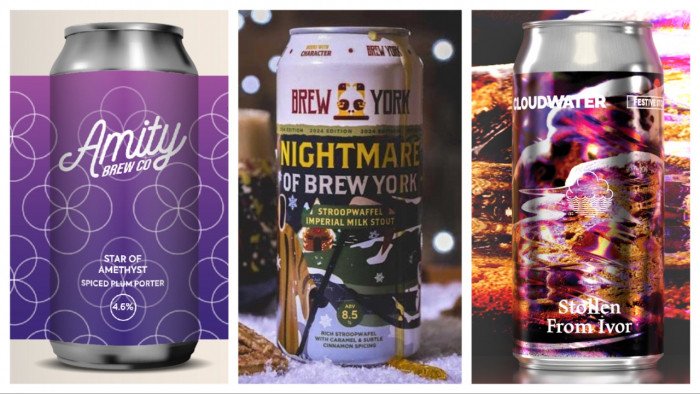Pint-drinkers: London is no longer the most expensive place in the UK
For the first time in 36 years


It goes a little something like this:
“Afternoon barkeep, may I trouble you for a cool, refreshing glass of your house lager, bitte.”
“Lager or bitter? Make your mind up.”
“No, I was asking for lager, then saying “please” in German”
“Christ, OK, that’ll be one hundred gazillion pounds please.”
“Woah, that’s a bit steep.”
“THIS IS LONDON BABY, PUT UP OR SHUT UP, YOU DISGUSTING LITTLE GREMLIN”
Or something. What I’m saying is, it’s expensive to buy a pint in London.
But not anymore! I mean, yes it still is, but it’s finally not the most expensive place in the UK, according to the Good Pub Guide – for the first time in its 36-year publication history. The average price in London for a pint of the good stuff is £4.20, but there’s one place where it’s been hiked up to a frankly ridiculous £4.40.
And that place is: Surrey.
In the UK overall, the price of a pint on average has gone up 13p to £3.60, which I think we can all agree is ludicrous – I can remember when a whole pint cost 13p. My nursery was a bit of a rogue one, but it had its perks.
This also means that a pint is up to £1 cheaper in parts of the north and the midlands, like Hereford and Yorkshire, where it costs £3.31, the lucky buggers. Other barginous areas include Shropshire (£3.33 a pint), Derbyshire (£3.36), Cumbria (£3.38) and Worcestershire (£3.38), whereas you’ll have to rummage around in your wallet a bit harder in Sussex (£3.82), Hertfordshire (£3.81) and the Scottish Islands (£3.80).
Thankfully though, pubs brewing their own brands of beer sell these pints for about £3.09, so you’ll save about 51p compared to the national average, there.
But why such a steep price increase over the past year? The guidebook’s editor, Fiona Stapley, says:
“There are also increases right across the food and drink industry that include higher wage bills as a result of the national living wage increase last year, rocketing business rates, higher costs of raw materials, and inflation due to the depreciation of sterling as a result of Brexit.
“All these factors impose a significant additional burden to licensees and while they do try to absorb some of these increases themselves, they can’t cover the whole cost. This therefore means that some of the cost of these increases are passed onto pub customers.
“The worry here is that as pub goers are hit hard in their pockets, trade will suffer and pub closures will continue – at the moment the average rate of pub closures is 21 a week.”
Bad news, of a most serious nature. Thankfully, accoriding to Stapley, many pub landlords’ entrepreneurial spirit is keeping the remaining pubs alive, by pushing their businesses into other arenas, like accommodation, good food and live music, so we needn’t panic just yet.
Relax, have a pint.
That’ll be ONE HUNDRED GAZILLION POUNDS PLEASE, YOU DISGUSTING LITTLE GREMLIN.
(Image: iStock)
Latest
Related Reviews and Shortlists


